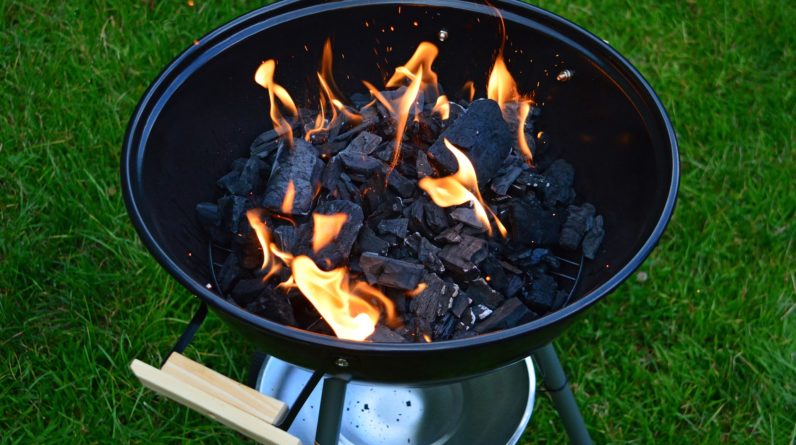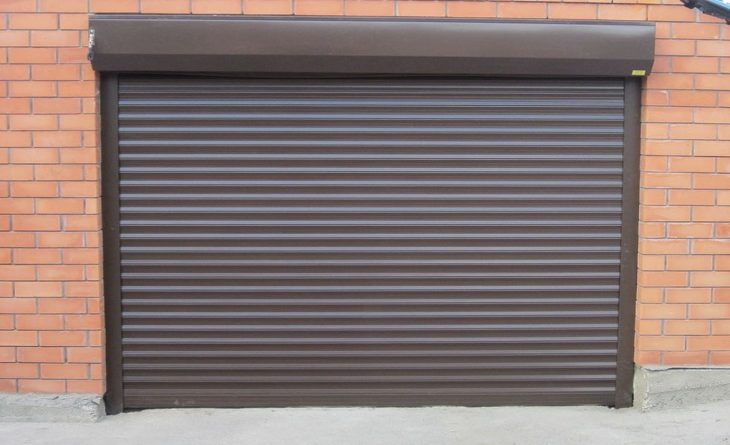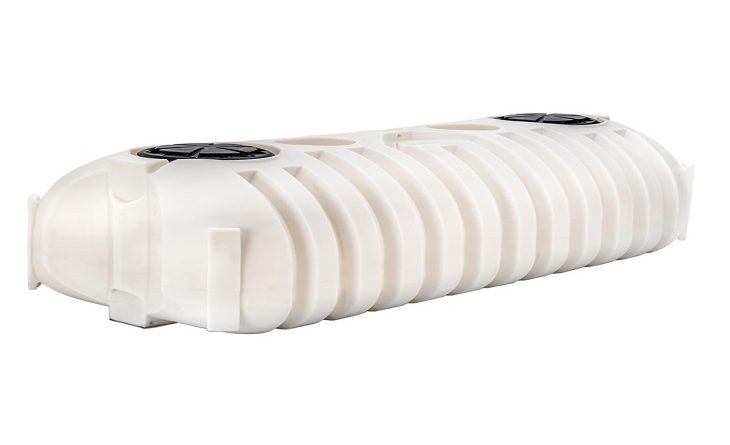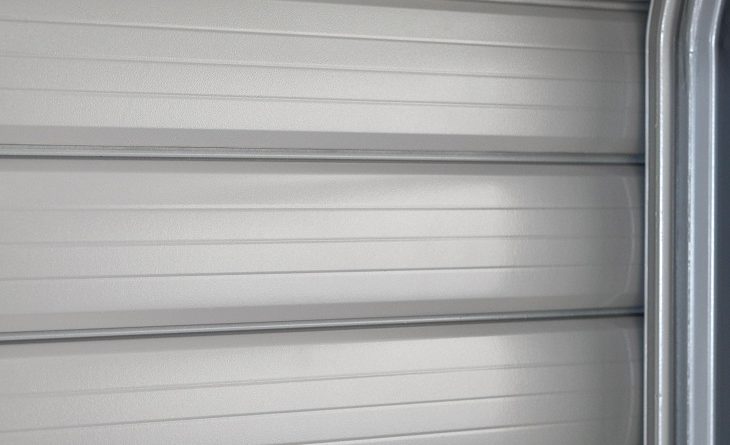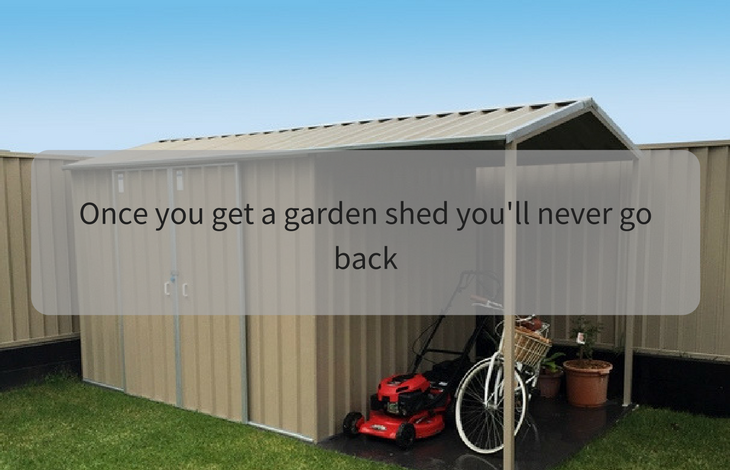
Do you spend any time in your yard? If you have green fingers (or thumbs), you probably enjoy pottering around, tending your grass and flowers. Or maybe you’re more of a nature-crafter, putting together bird baths and watching squirrels. It might even be that you have young kids that constantly litter the yard with their toys.
Whatever the case may be, all your problems can be solved with the right garden shed. Well, okay, maybe not all your problems, but at least your garden clutter problems will be handled. Garden sheds offer numerous benefits. They provide a safe, organised form of storage for everything from gardening tools to seeds and paint cans. They can save you time too. Instead of looking all over the house and yard for that missing rake, you can hunt all over the shed instead.
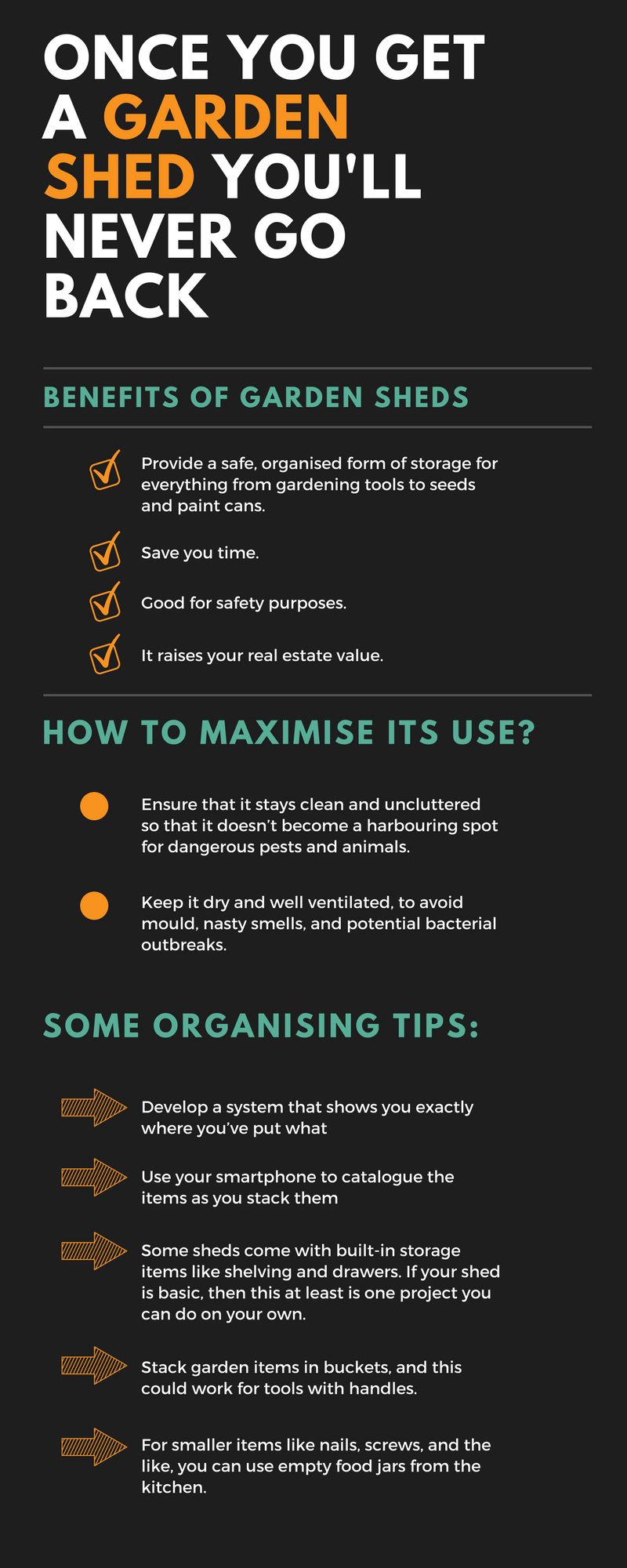
Garden sheds are good for safety purposes as well. They’re a lockable space where you can keep some of your more pricey power tools. It keeps them away from unverified ‘borrowers’, but it also keeps them safe from little hands that might hurt themselves exploring your sharp, shiny tools. Plus, having a garden shed raises your real estate value as well.
You don’t have to build the shed yourself. It might seem like a simple DIY task that tests your (wo)manhood and crafting skills, but it can soon spiral out of control and become another unfinished project. Fortunately, there are many companies that design sheds offsite and deliver them to you. Some will even help you install the shed.
Of course, once you actually have the garden shed, you need to maximise its use. Ensure that it stays clean and uncluttered so that it doesn’t become a harbouring spot for dangerous pests and animals. Keep it dry and well ventilated, to avoid mould, nasty smells, and potential bacterial outbreaks.
When you first get it, your shed will seem like a wide open spotless space even though in reality, it’s only a few square feet. Never underestimate the power of potential. However, within a few days – or maybe a few minutes – it will seem more like a cluttered jungle. In your excitement to use it, you might throw every stray item in there, including that kitchen sink the plumber replaced five years ago.
Try to get ahead of the curve by organising your shed from the start. As you pack in your items, develop a system that shows you exactly where you’ve put what. This keeps the shed neater, and makes it easier to find what you need the next time you’re in the shed. Your system doesn’t need to be particularly complex. Just make a list of everything you’ve put in the shed.
If you’re not much of one for notes and lists, make technology work for you. Use your smartphone to catalogue the items as you stack them. Just take a quick photo of each item as it goes into the shed, then save the photos in a ‘Garden Shed’ folder. This has the added advantage of showing you the exact location of specific items inside the shed.
Some sheds come with built-in storage items like shelving and drawers. If your shed is basic, then this at least is one project you can do on your own. No, you shouldn’t necessarily start installing shelves. But you can get some wall and roofing hooks from the hardware store and screw them in. They make convenient, clutter-free storage options for tools, hosepipes, and even the odd bike or surfboard. And they don’t just make things easier to find, they make the shed easier to clean.
Some garden shed aficionados suggest stacking garden items in buckets, and this could work for tools with handles. Use this tactic with discretion though. It’s tempting to just throw any random thing into a bucket, then you’ll just end up with a shed full of cluttered buckets that make perfect nesting for pests. If you do use buckets for storage, occasionally take the items out of the bucket and clean them individually. Clean the bucket too.
For smaller items like nails, screws, and the like, you can use empty food jars from the kitchen. You can also use these jars to keep seeds, fertiliser, or other garden items that need to be kept away from moisture, insects, and kids who put everything in their mouths.


